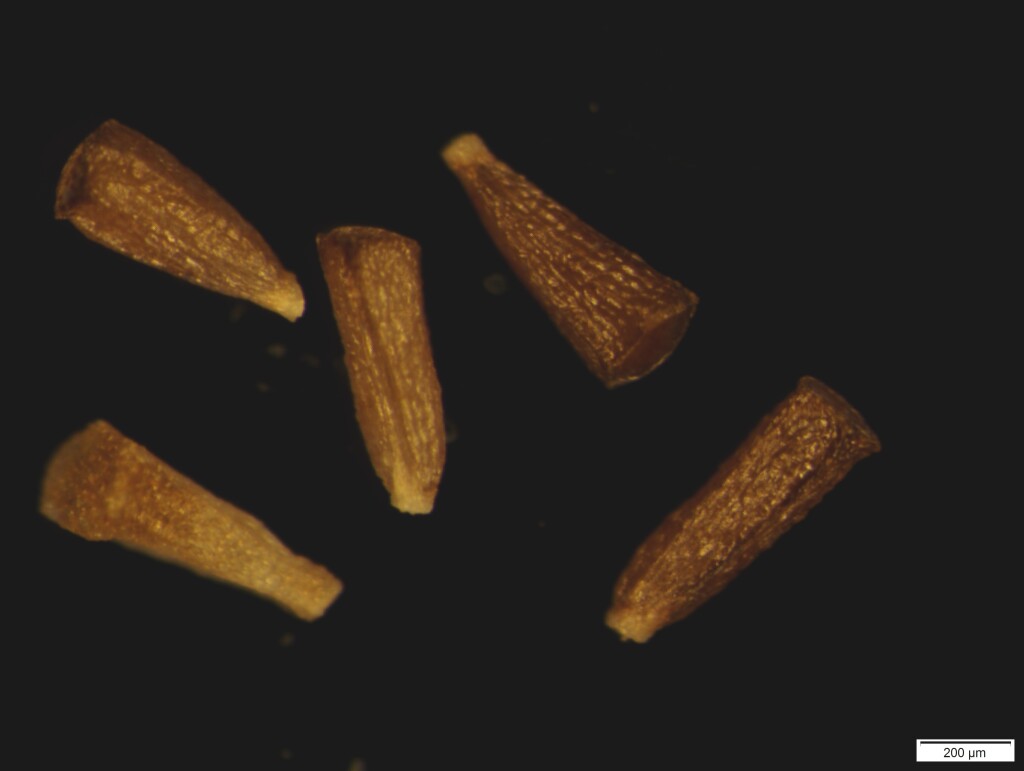Melaleuca parvistaminea
ByrnesShrub or small tree to 5 m high; bark hard, rough and scaly. Leaves scattered or in whorls of 3, linear, 4–11 mm long, c. 1 mm wide, thick, veins obscure, oil glands prominent on lower surface; petiole to 1 mm long. Inflorescence a dense spike, 5–9 mm wide, 1–2.5 cm long; axis shortly hairy, growing on into a leafy shoot. Flowers 1 per bract; stamens 3–4 mm long, 4–7 in a bundle, white or cream, claw to 1 mm long, free part of filaments 2–3 mm long. Capsules 3–4 mm wide, sepals persistent but obscure. Flowers spring–summer.
LoM, Wim, VVP, VRiv, MuF, GipP, OtP, WaP, Gold, CVU, GGr, DunT, NIS, EGL, EGU, HSF, VAlp. Also NSW, ACT (naturalised). Mostly on shallow, infertile soils, often overlying rock, but also on poorly drained sandy soils fringing lakes and streams.
The characters distinguishing Melaleuca parvistaminea from M. ericifolia are discussed in Albrecht (1987).
Spencer, R.D. (1996). Melaleuca. In: Walsh, N.G.; Entwisle, T.J., Flora of Victoria Vol. 3, Dicotyledons Winteraceae to Myrtaceae, pp. 1027–1034. Inkata Press, Melbourne.
 Spinning
Spinning
